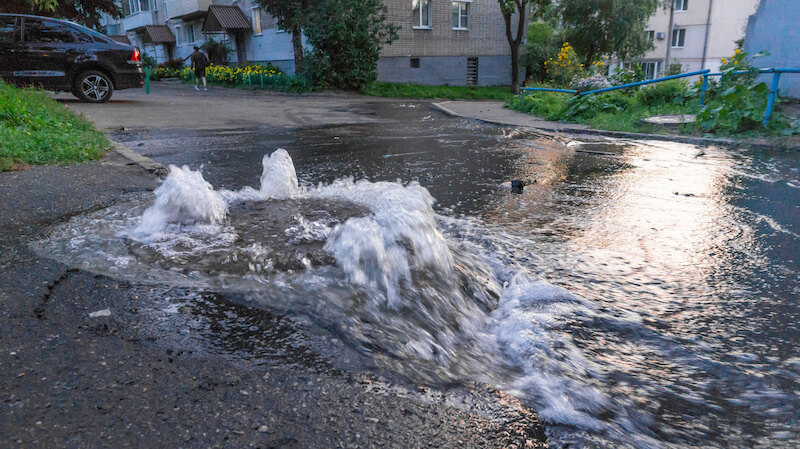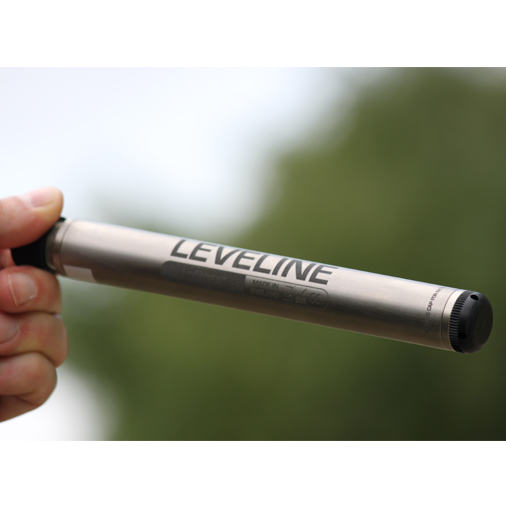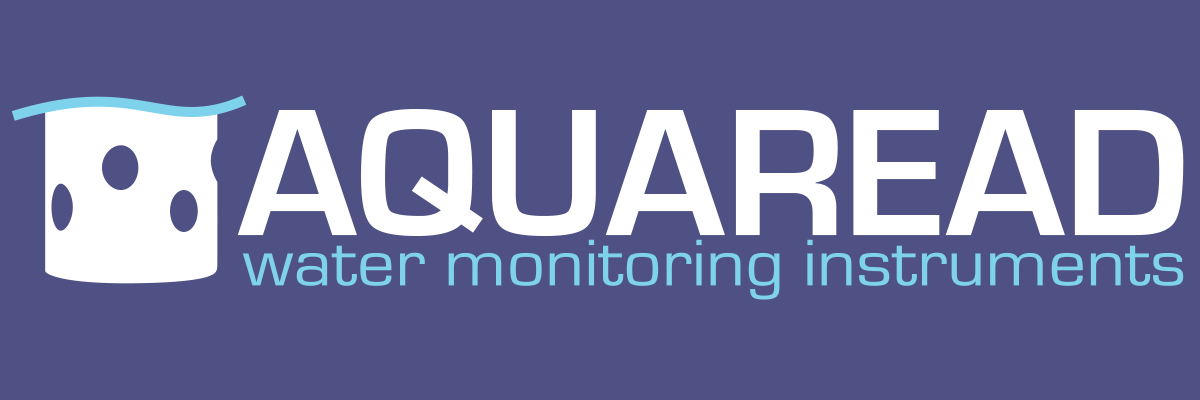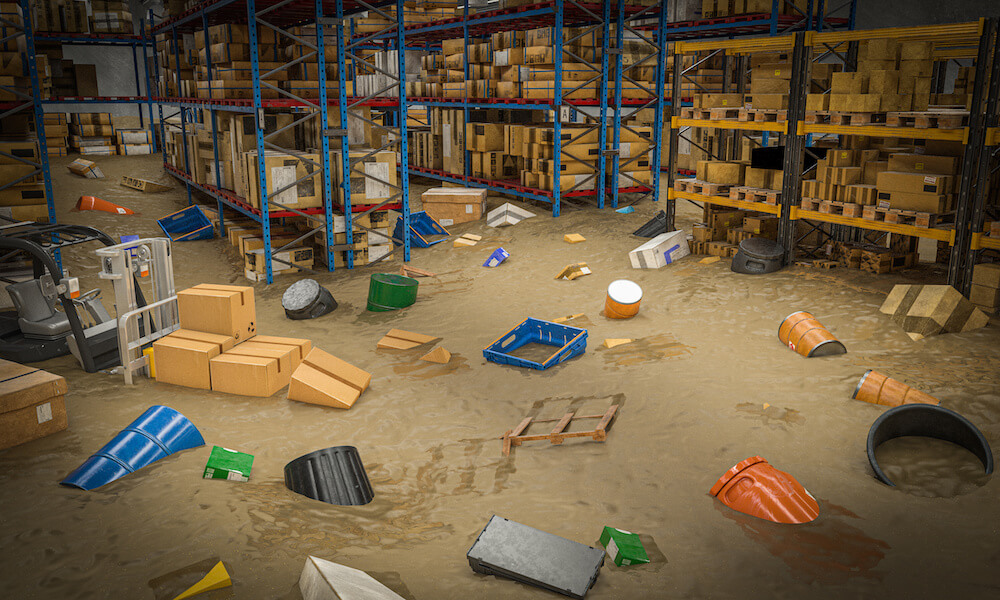Extreme flooding events are increasingly common across the UK and the world. Devastating floods in Pakistan have displaced upwards of 33 million people, with one-third of the country underwater as of September 2022.
Floods this extreme lead to the ruination of agricultural land, the loss of livestock, and even human deaths in the thousands. While flood events aren’t always this extreme in their impacts, they always have an effect on water quality. Let’s take a look at how.
Contaminants travel in stormwater
The high volumes of water present in floods sweep over farmlands, infrastructure, and industrial areas. As a result, chemicals, fuel, animal waste, bacteria, and other harmful substances are often present in floodwater as it accumulates.
This water then makes its way into water wells or community drinking systems if the infrastructure isn’t equipped to manage floods — and most aren’t. As well as this, contaminant-laden flood water can also penetrate groundwater resources.
In short, it enters our drinking water and poses a serious risk to human health.
Storm overflows and sewage pollution

Storm overflows are essentially ‘relief valves’ for sewage systems. In heavy downpour (which precedes flooding!), lots of rain can enter sewage pipes and cause them to overflow into people’s toilets and homes.
Instead, the storm overflow systems mean that the effluent and extra rainwater is released into rivers and seas. Still not an ideal solution, if you ask us — sewage pollution has been plaguing Britain’s beaches more and more over the last few years.
Why is this not ideal, you ask?
Regardless of flooding, sewage pollution impacts beach-goers and wildlife alike. But in the event of a flood, the effluent can spread to the streets, into homes, and even drinking water sources, depending on the severity of the flood.
Degraded water quality
As contaminated flood water reaches rivers, lakes, wetlands, and oceans, the aquatic organisms there can suffer. If industrial chemicals and agricultural pesticides reach these bodies of water, they can become heavily polluted, and harmful algal blooms form.
Sediment carried in flood water can then settle at the bottom, clogging riverbeds and changing habitats for the worst.
It’s important to note that sometimes, natural flooding carries vital nutrients and helps renew ecosystems. But in a world so heavily polluted and where flooding is increasing by the day, it’s hard to ignore the largely harmful effects on water quality and, indeed, human life.
As water quality deteriorates, so too does our access to clean crops, seafood, and drinking water. It goes without saying, then, that it’s crucial to address the reasons behind flooding and to create flood-resilient architecture and infrastructure!
It all starts with monitoring

Without a robust water monitoring system, all efforts to reduce flooding and improve water quality are futile. After all, you can’t manage what you can’t measure.
Here at Aquaread, we’re passionate about water quality and provide monitoring equipment for a range of uses. Whether you want to assess the impacts of flooding on Blue Green Algae growth, or the presence of refined oil or the pH of a given body of water, we’ve got you covered with a range of sensors.
We also have a whole host of water level testing equipment that’s absolutely crucial to a flood monitoring and response strategy. Read about how we helped give the village of Stansted Mountfitchet more time to react to flooding by installing two early warning devices here.
If you have any questions about how we can help, don’t hesitate to give us a call!

